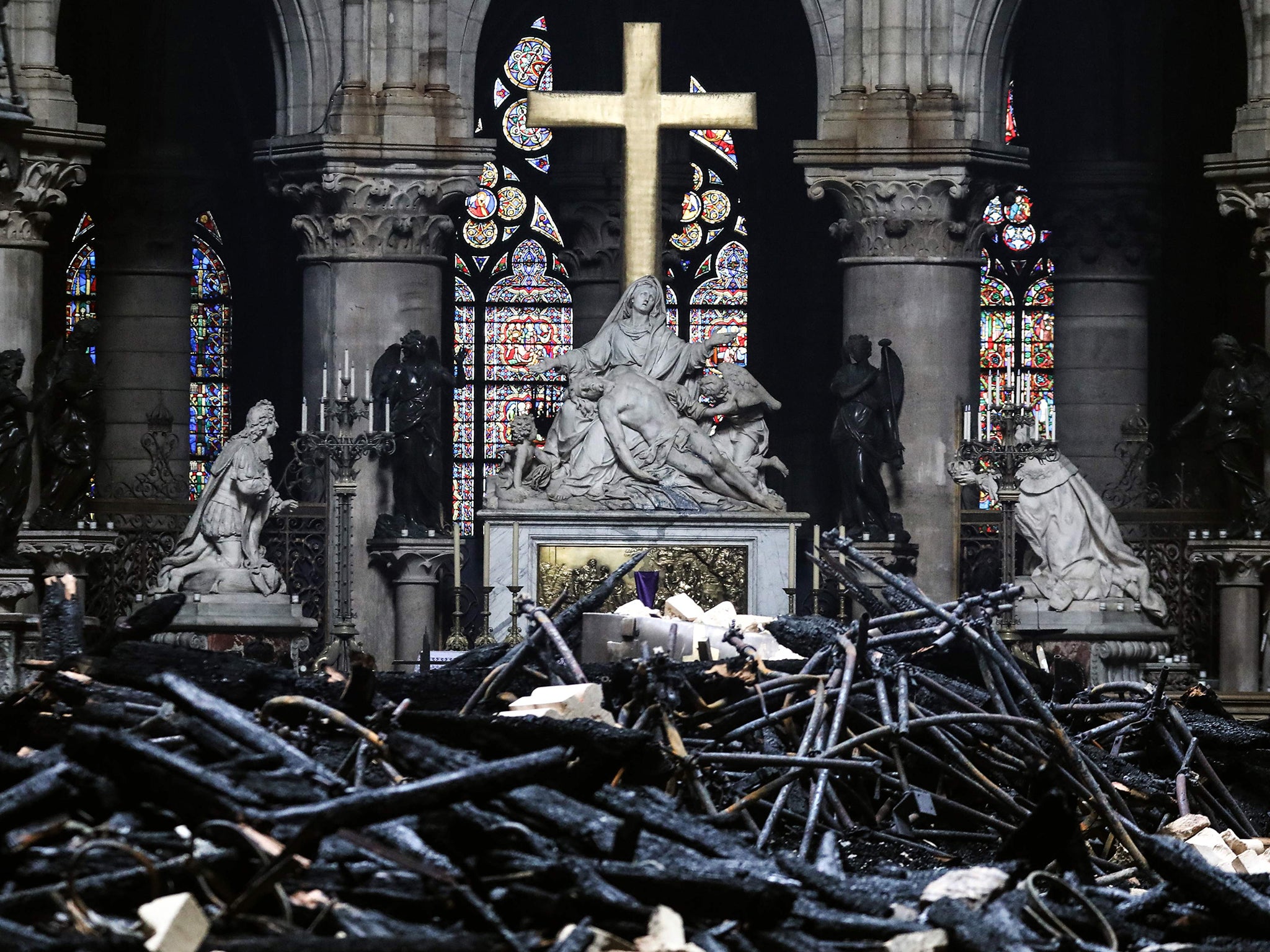Why do we rush to restore Notre Dame yet destroy the divine we see in the natural world?
In the latest in his series of reflections on place and pathways, considers different sorts of pilgrimage


The fire that left Notre Dame gutted and blackened seemed also to set ablaze a common cultural consciousness across much of the western world.
Expressions of grief were certainly not confined to the cathedral’s regular worshippers, or to Catholics who have travelled there as pilgrims, or to the global Christian community.
Beauty which has been inspired by faith in God is not invisible to atheists – even if they would deny the deity who moved human beings to create such monuments.
Millions of euros have already been donated to the cause of the cathedral’s reconstruction. Wealthy business people have lined up to express their horror at the loss of a building that plays a key role in France’s historical and cultural identity – despite the state’s secularism.
When thousands are protesting at the failure of governments to get a grip on the damage being done to the planet as a result of man-made climate change, philanthropy on such a scale can feel misdirected.
Why focus on the restoration of a building crafted of stone and wood, when we are merrily blasting the very rock beneath us and destroying the forests that once spread across continents.
I thought about this last week when on holiday in the west of Ireland, having flown into Knock airport – built in the 1980s after a controversial campaign by Monsignor James Horan, who hoped to attract pilgrims to the nearby Knock Shrine.
We didn’t stop at the shrine, built at the site of an 1879 apparition of the Virgin Mary, Joseph and Jesus (and Saint John the Evangelist plus assorted angels). Instead we drove on to the coast, to Connemara, where pilgrims of a different sort are attracted by the Wild Atlantic Way – a tourist trail taking in the entirety of Ireland’s westerly coast.
Here the sea sparkles or lashes, depending on the season. The pure white beaches belie the potential to encounter an unseasonal storm – though we were lucky enough to experience one.
Behind the house we were staying in lay the hill of Errisbeg. At 300 metres it hardly qualifies as a mountain; yet it feels like one, standing alone as it does, its granite slopes giving way to jutting gabbro towards its peak. Between the rocky outcrops peat bogs compete with low-lying gorse.
And from the top, what a panorama to behold – inland lochs to the northwest, the Atlantic dominating to the south and west; and further away, in the distant northeast, the towering Twelve Pins mountain range.
Could I detect in these wondrous sights the hand of God? Had I felt His presence when I gazed up at Notre Dame’s north rose window 25 years ago?
In either case, should it be relevant to considering how best to protect and rebuild what we see around us? Plainly when it comes to Notre Dame’s reconstruction, funded by some who are motivated by the divine and others whose motives are earthly but no less righteous, it seems not.
Likewise, whether you see in the natural world a vision of heaven or the beauty of science, surely it is worth preserving, restoring. Where man has done his best to kill nature off we might even bear witness to a resurrection.
Join our commenting forum
Join thought-provoking conversations, follow other Independent readers and see their replies
Comments